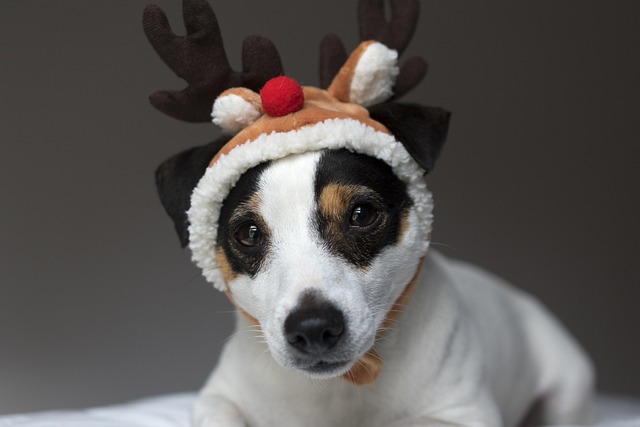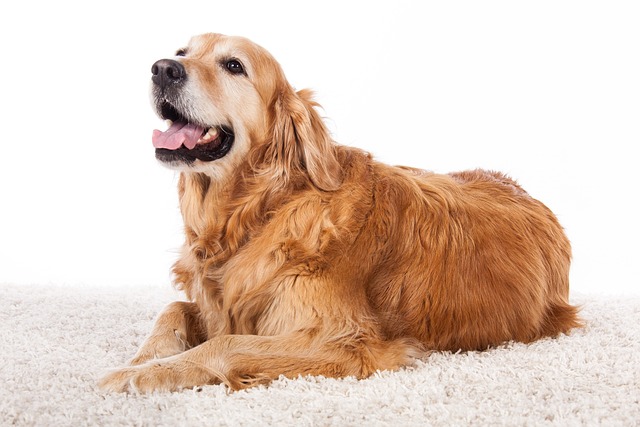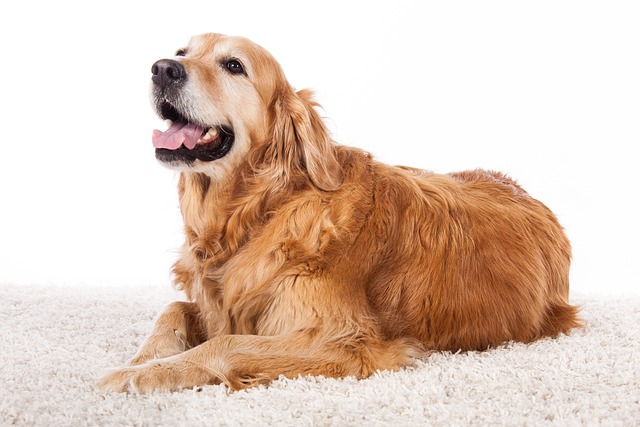Watching your dog happily frolic with a new four-legged friend is a joyous sight, but for many new owners, the reality is a leash-pulling, barking, or anxious pup during dog encounters. The desire for a dog-friendly dog is common, but it's crucial to understand that "friendly" is a behavior shaped by experience, not an inherent personality trait. Canine communication is complex, and forcing interactions can backfire spectacularly. The goal isn't for your dog to play with every dog they see; it's to teach them calm, neutral indifference and to look to you for guidance. This is built on the foundation of positive reinforcement, where you reward the behaviors you want to see, creating a positive association with the presence of other dogs rather than fear or excitement.
Start your training in a low-distraction environment, like your living room or quiet backyard. Practice getting your dog's attention using a marker word like "yes!" or a clicker, rewarding them with a high-value treat for making eye contact with you. Once this is solid, take the show on the road. On walks, the moment your dog notices another dog at a distance where they are still calm (this might be across the park!), mark and reward. You're essentially teaching them that the appearance of another dog predicts delicious chicken, not a stressful confrontation. Gradually decrease the distance over multiple sessions as your dog remains successful. This process, often called "Look at That!" or engaging in structured parallel walking with a known, calm dog friend, is far more effective than a head-on, nose-to-nose greeting, which can be perceived as rude or threatening in the dog world.

This methodology of patience and reward is the gold standard in places like California or New York, where aversive tools like prong or shock collars are increasingly culturally taboo and even legislated against. Modern animal welfare views emphasize building trust, and a dog that is forced into a scary situation may react defensively. Your role is that of a confident, calm leader. This responsibility extends to public spaces. Always ensure your dog is leashed in designated areas and that their rabies and city license tags are visibly attached to their collar—this is a legal requirement in most U.S. counties. And just as importantly, always have a stash of poop bags. Scooping isn't just a courtesy; in communities from Seattle to Miami, it's the law, and failing to do so can result in a hefty fine and serious side-eye from your neighbors.
For those in apartments, navigating tight hallways and elevators requires next-level management. If you see a neighbor with a dog waiting for the elevator, it's perfectly acceptable—and advised—to simply wait for the next one. This prevents a tense, confined interaction and reinforces your dog's calm behavior. When at the local dog park, don't just unleash your dog and hope for the best. Spend time outside the fence, rewarding calm observation. If you choose to enter, do so during off-peak hours and stay actively engaged, ready to call your dog back for a reward and a brief break to prevent overstimulation. Remember, creating a truly dog-friendly companion is a marathon, not a sprint. It's about countless small, positive experiences that build a resilient and polite member of your community.






